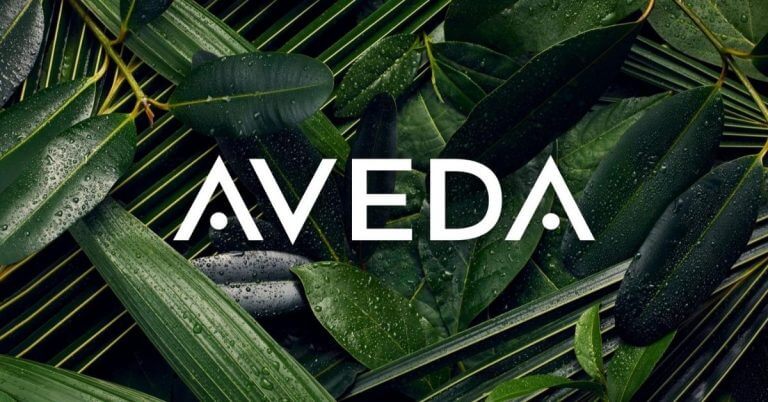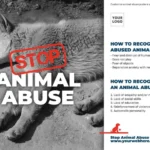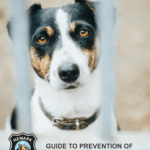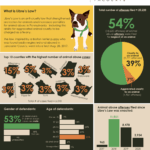In the vast landscape of beauty and personal care, where the shimmering allure of luscious products meets the harsh reality of ethical standards, the question arises: Is Aveda truly animal cruelty-free? This inquiry extends beyond mere semantics; it delves deep into the ethos that guides a beloved brand that proudly touts its commitment to sustainability and ethical sourcing. The essence of Aveda, steeped in a rich tapestry of natural ingredients and holistic philosophy, calls for rigorous scrutiny regarding its claims of animal welfare.
The journey begins with an understanding of what it means to be “cruelty-free.” In the beauty industry, this term implies that no animals have been subjected to testing throughout the entirety of a product’s development—this includes ingredients and formulations. While Aveda has marketed itself with a certification that aligns it with this moral axiom, one must peel back the layers to discern the authenticity of such assertions.
Aveda’s claim to cruelty-free certification grapples with complexities resembling a paradoxical dance. While the brand has embraced vegan principles and has endeavored to assure consumers that their products are not tested on animals, a discerning review necessitates an examination of the broader context. This context includes Aveda’s parent company, Estée Lauder, which holds a history laden with ambivalence regarding animal testing practices. The intricate relationship between Aveda and its corporate progenitor casts a shadow over its cruelty-free declaration.
To begin unwinding these threads, it is imperative to address the policies that guide Aveda’s operations. The brand states that it does not conduct animal testing on its products or ingredients. Moreover, it has gone on record demonstrating its commitment to sustainable practices and environmentally conscious sourcing. Yet, Aveda’s affiliation with a corporation that has, in the past, engaged in animal testing for regulatory compliance in certain markets (like China) raises questions of integrity. When the corporate family tree is entwined with practices that conflict with cruelty-free ideals, the authentic roots of Aveda’s claims become obscured.
Furthermore, let us consider the consumer’s perspective. Shoppers today, increasingly armed with ethical standards, are ardently seeking brands that align not just with efficacy but with moral integrity. The beauty industry, littered with brands bearing cruelty-free badges, calls for vigilance. Aveda’s visual identity—its eco-friendly packaging and lush imagery—paints a picture of purity, yet this external allure can become a deceptive veneer. It creates an experience reminiscent of a siren’s song, luring consumers with promises while underlying complexities linger just beneath the surface.
Aveda navigates a branding landscape filled with floral fragrances and botanical imagery that evoke the serenity of nature. Therein lies its unique appeal; it resonates with both the yearning for beauty and the desire for ethical responsibility. The use of natural ingredients, meticulously sourced from diverse ecosystems, promotes a narrative of empowerment for the earth. But, beneath the verdant exterior, one must question whether the lush ethos is indeed supported by unwavering commitment to animal welfare.
The juxtaposition of Aveda’s cruelty-free claims with its historical connections requires a nuanced awareness. Not merely a matter of salesmanship, this concern touches on the ethical fabric that constitutes consumer trust. An exploration of the ingredient sourcing reveals the paradox further. While many of Aveda’s ingredients are ethically sourced, the harmonization of cruelty-free principles with corporate directives can occasionally falter. Ingredients, by virtue of their origin, could involve layers of decisions made far removed from the values articulated by the brand.
Moreover, the dialogue surrounding animal testing is evolving. As the world becomes more cognizant of animal rights, regulations are also transforming. Countries are increasingly moving towards banning animal testing altogether. However, the transition period often reflects a back-and-forth tug-of-war between ethical advances and traditional practices. For Aveda, aligning its practices with those strides forward signifies a willingness to challenge the colonial remnants of beauty standards but also places it at a crossroad where ethics and commerce must meet harmoniously.
In conclusion, while Aveda presents itself with admirable intentions and an outward commitment to cruelty-free practices, a thorough investigation reveals the complexities lurking in the shadows. The brand’s affiliation with Estée Lauder raises substantive doubts about the true practices and policies entrenched within. For consumers, discerning the layers of marketing and corporate legacy necessitates a keen critical eye. Aveda embodies a duality; it serves as both a beacon of hope in ethical beauty and a cautionary tale regarding the complicity of larger systems. Only through transparency and unwavering dedication can the brand foster trust that resonates genuinely with modern ethical standards.
Thus, the question remains: Is Aveda truly cruelty-free? Perhaps the answer lies not just in their declarations but in the continuous dialogue surrounding ethical beauty, exemplifying how complicated the journey toward true animal welfare can be. Consumers must arm themselves with awareness, allowing them to navigate the verdant fields of the beauty industry with both beauty and ethics in their grasp.









